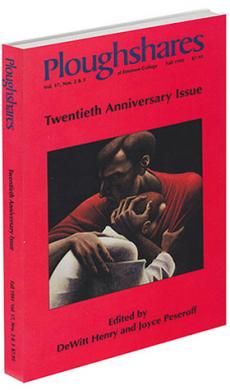rev. of All-Bright Court by Connie Porter
Connie Porter's first fiction is more a collection of related stories than a novel, and will seem like old material to readers who only glance at the jacket copy. The book is a tale of a black family living in the urban North and, because of its structure, is from a woman's perspective. But Porter's stories are more like those of a current-day Jean Toomer than realist in style, and her book creates an almost magical portrait of the lives of the Taylor family — Sam, Mary Kate, and their son Mikey — and their reighborhood. The cast is interracial and lives through the Kennedy years to the uncertainty afterward. Ms. Porter addresses the decline of the black community following the "Great Society" of Lyndon Johnson, but the focus remains on the characters, with history and sociology kept in the background.
Ms. Porter will be inevitably compared to Toni Morrison because of her language and gender; other readers will be reminded of Zora Neale Hurston, but they will all be wrong. Ms. Porter is an original who knows the tenement life and the characters she describes. Like John Edgar Wideman and Richard Perry, she is aware of the absurdity and humor (which is often lacking in modern fiction) in the African-American experience. She writes of an old man who sees the need of the world as a natural neighborhood occurrence, of Mikey who hates the colors of his father's hands so much that he washes them, of people who use hair straightener, of a childless woman who loves children and is ashamed and saddened by her barrenness. She writes of cornstarch addiction, strikes, the Kennedy assassination, the riots and changes in the black community of the 1960s, and the death of Martin Luther King, Jr., as if these events were something new to American fiction: "There was a war here last night. The people went into
the streets and waged a war. They fought the buildings and cars and street lights." And in "The Story Waking Up," she writes of urban violence as Baraka and Malcolm X would never describe it, as white readers would (and should) view it as a study in self-destruction, and she does not turn to polemics in depicting the consequences of the 1960s riots which yet occur in the cities today.
The stories in
All-Bright Court are not clichés, the familiar is not the commonplace, and the language — some of it extraordinary — will hold the reader's interest throughout.


